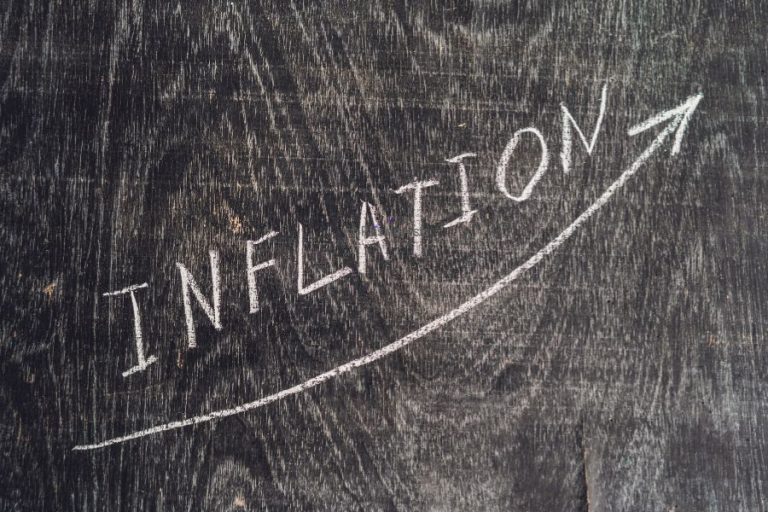Introduction
The India Inflation Analysis Report of 2023 provides a comprehensive overview of the inflation dynamics in India during the period. This report delves into the factors influencing inflation, the policy measures taken by the Reserve Bank of India, and the impact of inflation on various sectors of the economy. By analyzing the data and trends, this report aims to provide valuable insights into India’s inflationary environment.
Overview of Inflation in India
India witnessed moderately high inflation from 2013 to 2022, with the inflation rate generally oscillating between 4% and 6%. The dynamics of inflation in the country were influenced by various factors, including domestic economic activities, monsoon patterns affecting agricultural output, and policy decisions. The Reserve Bank of India played a crucial role in controlling inflation by implementing measures such as monetary policy adjustments.
Over the past decade until 2022, consumer price inflation in India averaged 5.5%, which was above the Asia-Pacific’s regional average of 2.1%. In 2022, the average inflation rate reached 6.7%. It is important to note that the inflation rate in India has significant implications for businesses and consumers alike, impacting purchasing power, investment decisions, and overall economic stability.
Factors Influencing Inflation in India
Inflation in India is influenced by a myriad of factors, both internal and external. Domestic economic activities, such as consumer spending, investment levels, and production costs, play a crucial role in determining the inflationary pressures within the country. Additionally, external factors, including global commodity prices, exchange rates, and geopolitical events, can have a significant impact on inflation in India.
Monsoon patterns and agricultural output also play a crucial role in determining inflation in India. As agriculture contributes significantly to the country’s GDP and employment, fluctuations in agricultural output can lead to price volatility in food items, thus affecting overall inflation levels. Moreover, policy decisions, particularly those implemented by the Reserve Bank of India, have a direct impact on inflation dynamics. Monetary policy adjustments, interest rate changes, and liquidity management are some of the tools used by the central bank to control inflation.
Inflation Trends in India: A Historical Analysis
Inflation Chart
The inflation chart for India from 2013 to 2022 illustrates the annual variation in the Consumer Price Index (CPI). The chart depicts the inflation rate fluctuating between 3.4% and 9.4% during this period. Created with Highcharts, the chart provides a visual representation of inflation trends, allowing for a better understanding of the magnitude and direction of inflation in India.
India Inflation Data: 2018-2022
The table below presents key inflation data for India from 2018 to 2022. It showcases the annual variation in the Consumer Price Index (CPI) and Wholesale Price Index (WPI), both at the end of the year (eop) and on an annual average basis (aop). These figures provide a comprehensive overview of inflation in India during the specified period.
| Year | CPI Inflation (ann. var. %, aop) | CPI Inflation (ann. var. %, eop) | WPI Inflation (ann. var. %, aop) | WPI Inflation (ann. var. %, eop) |
|---|---|---|---|---|
| 2018 | 3.4% | 2.9% | 4.3% | 3.1% |
| 2019 | 4.8% | 5.8% | 1.7% | 0.4% |
| 2020 | 6.2% | 5.5% | 1.3% | 7.9% |
| 2021 | 5.5% | 7.0% | 13.0% | 14.6% |
| 2022 | 6.7% | 5.7% | 9.4% | 1.4% |
Inflation Analysis: January 2023
In January 2023, inflation in India dropped to its lowest level since October 2022. The inflation rate for the month came in at 5.1%, down from December’s 5.7%. This decline can be attributed to various factors, including moderate price increases in food and beverages and a slower pace of decline in fuel and light prices.
On an annual average basis, inflation in January 2023 fell to 5.5%, slightly lower than the previous month’s 5.7%. Additionally, consumer prices experienced a milder decline of 0.11% compared to the 0.32% decrease in December. These indicators suggest a stabilization of inflationary pressures in the Indian economy.
Consensus Forecasts and Projections
To gain a comprehensive understanding of future inflation trends in India, it is essential to consider consensus forecasts and projections. FocusEconomics collects Indian inflation projections from a panel of 28 analysts representing leading national, regional, and global forecast institutions. These projections are then validated and averaged to provide a reliable Consensus Forecast for each indicator.
By averaging all forecasts, the Consensus Forecast minimizes forecasting errors and provides a reliable estimate of future inflation. This valuable tool helps businesses and policymakers make informed decisions based on the most accurate and updated inflation projections for India.
Latest Global Inflation News
In addition to analyzing inflation in India, it is crucial to stay informed about global inflation trends. Inflation rates in other countries can have spill-over effects on India’s economy through trade, investment, and global financial markets. The latest global inflation news provides insights into inflationary developments worldwide and their potential impact on India.
Conclusion
The India Inflation Analysis Report of 2023 sheds light on the inflation dynamics in India during the specified period. By analyzing various factors influencing inflation, historical trends, and future projections, this report provides a comprehensive overview of inflation in India. Understanding inflation is crucial for businesses, policymakers, and consumers, as it affects the overall economic environment, purchasing power, and investment decisions. Stay informed and utilize the insights from this report to navigate the ever-changing inflationary landscape in India.
Additional Information: The India Inflation Analysis Report of 2023 excludes the table provided in the reference articles.
For More Visit: https://paisainvests.com/



